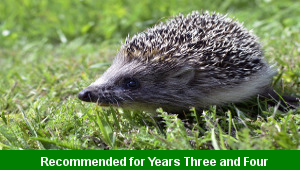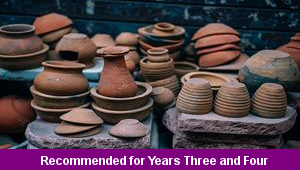Lesson Two – Mountains, Lakes and Rivers

This geography teaching pack for Key Stage Two gets the children to practise using an atlas to identify and describe the location of some of the different physical features that can be found in countries on the continent of Europe.
The class can collect and record information about physical features that they have identified such as lakes and mountains to suggest what makes them special.
Download this teaching pack including a lesson plan, classroom activities and an interactive presentation to practise using an atlas to identify and describe the location of some of the different physical features that can be found in countries on the continent of Europe
Activities in this teaching pack include display posters to identify and describe some different physical features located around the world and a set of differentiated worksheets to match and record the location of some of the special physical features that can be found on the continent of Europe.
The interactive presentation can be used to explore how to use an atlas to identify the location of different physical features that can be found on the continent of Europe.
This lesson is part of a geography scheme of work to get the children to investigate the different political and physical features that can be found in countries that are part of the continent of Europe. There are teaching activities for shared learning, differentiated worksheets to support independent learning and interactive presentations to introduce concepts and key skills.
-

Classic Animal Stories
Investigate the structure and content of classic works of fiction by significant authors with animals as the main characters
-

Cities, Towns and Villages
Research and present the history of a range of different buildings and people that are part of the local community using a school exhibition
-

Recycling
Research and present some of the benefits and disadvantages that can be produced when recycling different materials at home and in school
-

Viking Pots
Develop and refine a range of different art and design techniques when working with clay to make pots that represent Viking culture and traditions
